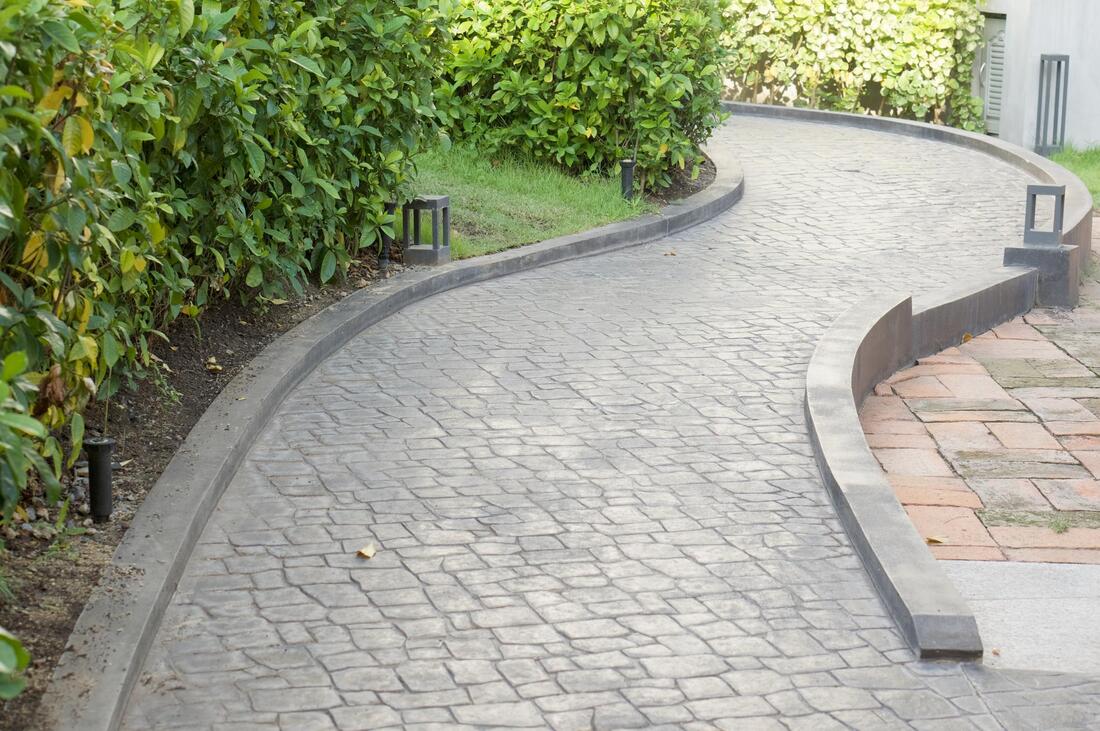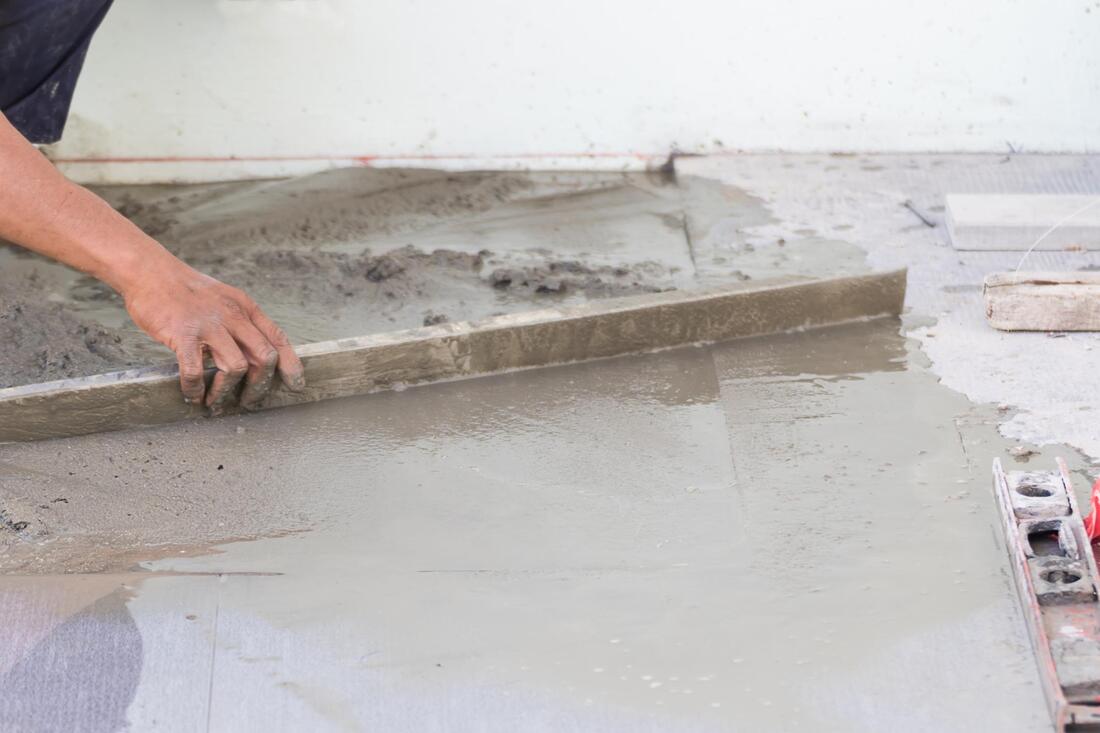Quality of Concrete
Pouring, Mixing, and Evaluating Concrete
As a concrete contractor, one of the most important things you can do is ensure that the concrete you use is of the highest quality. After all, your livelihood depends on it! That's why it's so important to know where to source your concrete from.
There are a few things to look for when choosing a supplier for your concrete. First, you want to make sure they have a good reputation. Ask around and see what other contractors have to say about them. Second, you want to make sure they offer a high-quality product. This means that the concrete should be consistent in both strength and color. Third, you want to make sure they have competitive prices. Get quotes from a few different suppliers and compare them.
Once you've found a supplier that meets all of these criteria, you can be confident that you're getting the best possible concrete for your projects.
There are many benefits to using high-quality concrete. First, it will save you money in the long run because it is more durable and less likely to need repairs. Second, it will improve the look of your projects since it will be more consistent in color and texture. Third, it will make your projects safer since stronger concrete is less likely to crack or crumble. Fourth, it will make your job easier since you won't have to worry as much about making sure the concrete is mixed correctly.
All of these benefits make it clear that using high-quality concrete is worth the investment. You and your customers will be happy with the results!
If you're going to be working with concrete, it's important to know how to mix it correctly. The process is actually pretty simple. First, you need to add the appropriate amount of water to the dry mix. Second, you need to mix the concrete until it is consistent in color and texture. Third, you need to pour the concrete into the mold or form you are using. Fourth, you need to smooth it out and make sure there are no air pockets. Fifth, you need to let the concrete set for the appropriate amount of time.
After following these steps, you can be confident that your concrete will be mixed correctly and will turn out just the way you want it to.
One of the most common mistakes contractors make with concrete is not mixing it correctly. This can lead to all sorts of problems, from air pockets to uneven color and texture. Another common mistake is not letting the concrete set for long enough. This can cause it to crack or crumble when it dries. Finally, another mistake is using too much or too little water. Too much water will make the concrete weak, while too little water will make it difficult to work with.
Avoid these mistakes by following the instructions in the previous paragraph. With a little practice, you'll be a pro at mixing concrete in no time!
In conclusion, as a concrete contractor, it's important to use high-quality concrete. This will save you money and time in the long run, and it will also improve the look and safety of your projects. To mix concrete correctly, simply add the appropriate amount of water to the dry mix, mix until it is consistent, pour into your mold or form, smooth out any air pockets, and let it set for the appropriate amount of time. Avoid common mistakes by following these simple instructions.









